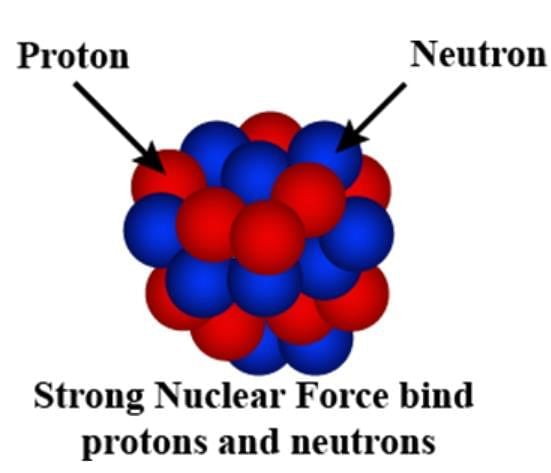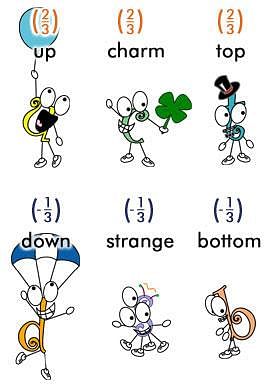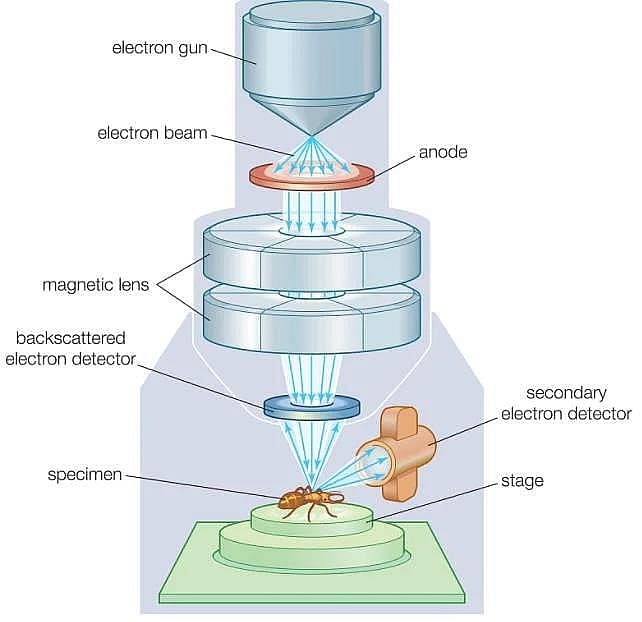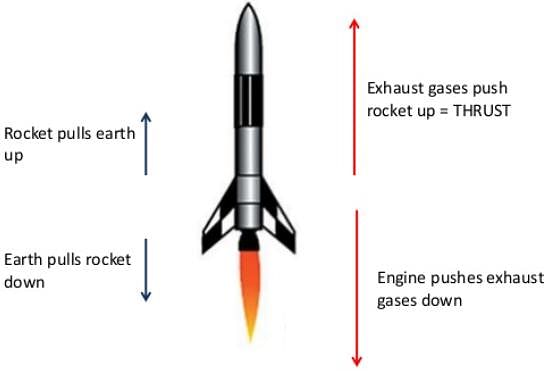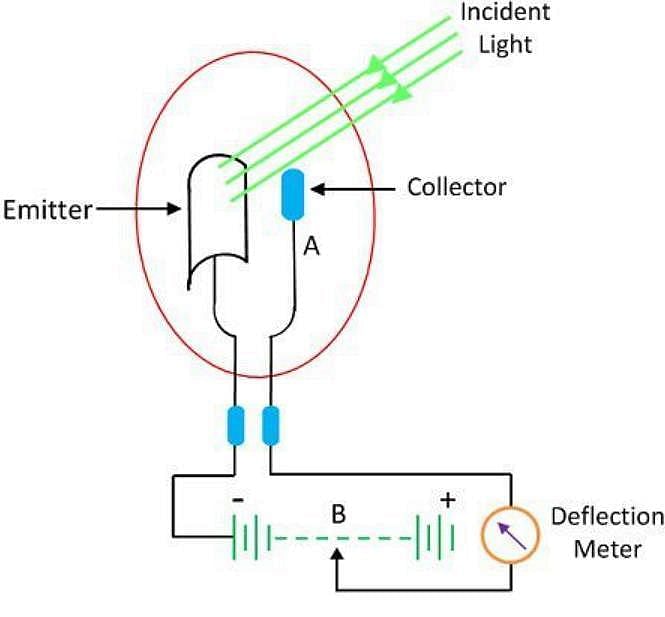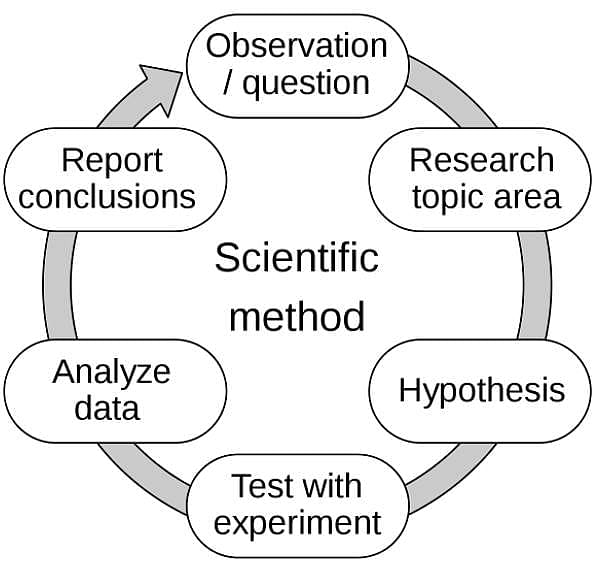NEET Exam > NEET Tests > Physics Class 11 > Test: Physical World - 1 (Old NCERT) - NEET MCQ
Test: Physical World - 1 (Old NCERT) - NEET MCQ
Test Description
10 Questions MCQ Test Physics Class 11 - Test: Physical World - 1 (Old NCERT)
Test: Physical World - 1 (Old NCERT) for NEET 2024 is part of Physics Class 11 preparation. The Test: Physical World - 1 (Old NCERT) questions and answers have been
prepared according to the NEET exam syllabus.The Test: Physical World - 1 (Old NCERT) MCQs are made for NEET 2024 Exam. Find important
definitions, questions, notes, meanings, examples, exercises, MCQs and online tests for Test: Physical World - 1 (Old NCERT) below.
Solutions of Test: Physical World - 1 (Old NCERT) questions in English are available as part of our Physics Class 11 for NEET & Test: Physical World - 1 (Old NCERT) solutions in
Hindi for Physics Class 11 course. Download more important topics, notes, lectures and mock
test series for NEET Exam by signing up for free. Attempt Test: Physical World - 1 (Old NCERT) | 10 questions in 10 minutes | Mock test for NEET preparation | Free important questions MCQ to study Physics Class 11 for NEET Exam | Download free PDF with solutions
Detailed Solution for Test: Physical World - 1 (Old NCERT) - Question 1
Test: Physical World - 1 (Old NCERT) - Question 2
Which is the strongest fundamental force of nature?
Detailed Solution for Test: Physical World - 1 (Old NCERT) - Question 2
| 1 Crore+ students have signed up on EduRev. Have you? Download the App |
Test: Physical World - 1 (Old NCERT) - Question 3
Which force operates among the heavier elementary particles?
Detailed Solution for Test: Physical World - 1 (Old NCERT) - Question 3
Test: Physical World - 1 (Old NCERT) - Question 4
Electromagnetic force is stronger than gravitational force by a factor of:
Detailed Solution for Test: Physical World - 1 (Old NCERT) - Question 4
Test: Physical World - 1 (Old NCERT) - Question 5
The wave nature of electrons is used in which of the following devices?
Detailed Solution for Test: Physical World - 1 (Old NCERT) - Question 5
Test: Physical World - 1 (Old NCERT) - Question 6
On which laws, is the principle of rocket propulsion based?
Detailed Solution for Test: Physical World - 1 (Old NCERT) - Question 6
Test: Physical World - 1 (Old NCERT) - Question 7
The phenomenon of Photoelectric effect is used in:
Detailed Solution for Test: Physical World - 1 (Old NCERT) - Question 7
Test: Physical World - 1 (Old NCERT) - Question 8
The concept of unification in physics refers to:
Detailed Solution for Test: Physical World - 1 (Old NCERT) - Question 8
Detailed Solution for Test: Physical World - 1 (Old NCERT) - Question 9
Test: Physical World - 1 (Old NCERT) - Question 10
Which domain of physics deals with atomic, molecular, and nuclear phenomena?
Detailed Solution for Test: Physical World - 1 (Old NCERT) - Question 10
|
97 videos|378 docs|103 tests
|
Information about Test: Physical World - 1 (Old NCERT) Page
In this test you can find the Exam questions for Test: Physical World - 1 (Old NCERT) solved & explained in the simplest way possible.
Besides giving Questions and answers for Test: Physical World - 1 (Old NCERT), EduRev gives you an ample number of Online tests for practice


